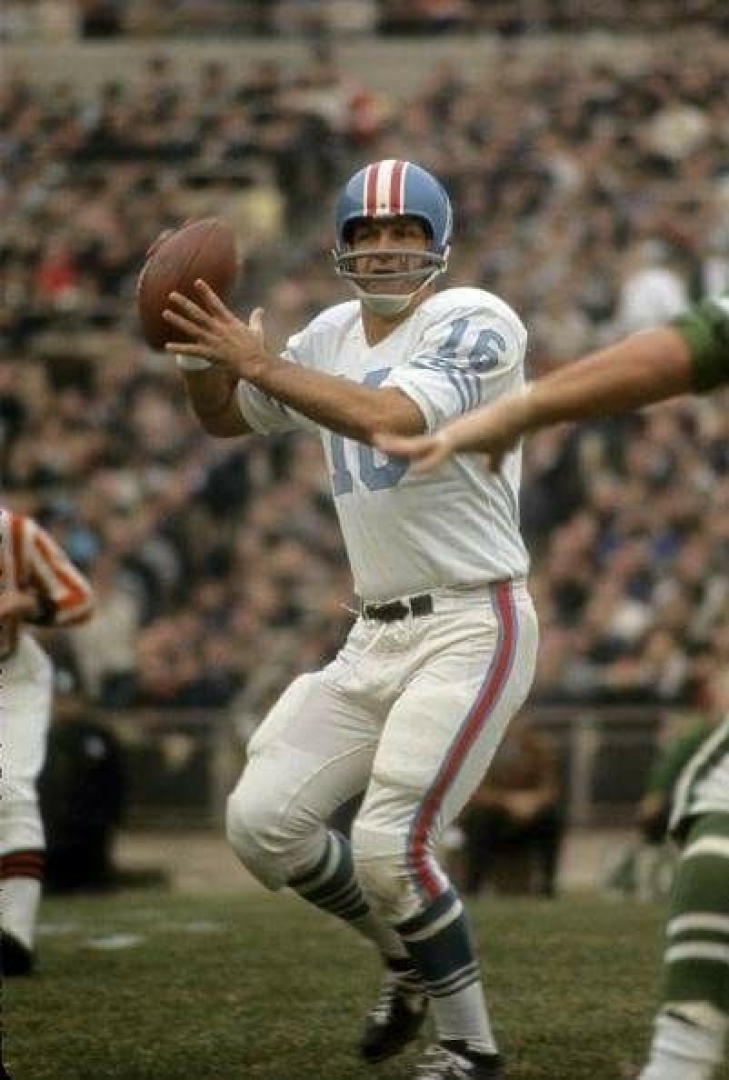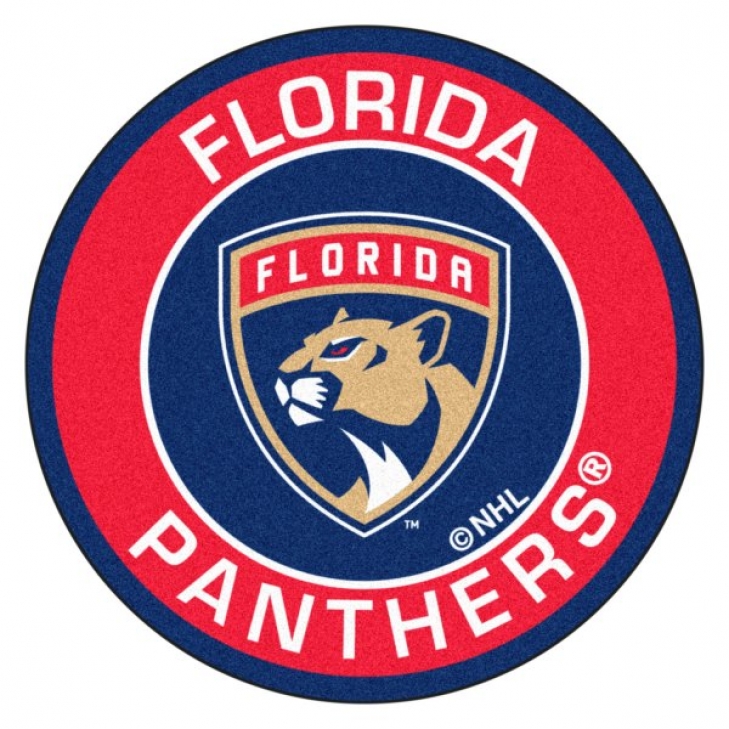
Committee Chairman
6. George Blanda
George Blanda played for George Halas’ Chicago Bears in the 1950s, but Halas used him more as a Kicker than Quarterback, and a frustrated Blanda retired after the 1958 season. When the American Football League formed, Blanda returned to the game, signing with the Houston Oilers, where he was able to prove that he belonged as a pivot all along.
Blanda was the Oilers Quarterback and Kicker for seven seasons, and he led the Oilers to the first AFL Championship. Blanda repeated that in 1961, but individually, he had his best year, leading the AFL in Passing Yards (3,330) and Touchdowns (36) while winning the MVP. An AFL All-Star that season, Blanda would be again in 1962 and 1963, the latter year winning his second Passing Yard Title.
Blanda threw for 19,149 Yards and kicked for another 91 Field Goals and 301 Extra Points as an Oiler.
He joined the Oakland Raiders after the 1966 season and played until his mid-40s, donning the pads for 26 total seasons.
Blanda was chosen for the Pro Football Hall of Fame in his first year of eligibility in 1981, and arguably it was on the strength of his accomplishments in Houston. He would be inducted into the Titans Ring of Honor in 1999.
5. Robert Brazile
With the imposing nickname of "Dr. Doom," Robert Brazile was one of the first players from an HBCU to be a high First Round selection when the Houston Oilers took the Jackson State star sixth in 1975.
Brazile instantly won the starting Right Outside Linebacker job for the Oilers and was named the Defensive Rookie of the Year. A devastating tackler, Brazile was one of the few Linebackers who could stop the run at the same high level that he could pass rush, and his leadership on defense helped take Houston to back-to-back AFC Championship Games in the late 70s.
The seven-time Pro Bowler played all of his career with Houston, retiring after the 1984 season following the death of his wife, Cookie, in a car crash.
Brazile entered the Titans Ring of Honor in 2018, the same year that he was chosen for the Pro Football Hall of Fame via the Senior Committee.
Our All-Time Top 50 Florida Panthers have been revised to reflect the the last five seasons.
Yes, we know that this is taking a while!
As many of you know, we here at Notinhalloffame.com are slowly generating the 50 of each major North American sports team. That being said, we have existing Top 50 lists out and we always consistently look to update them when we can and based on necessity. As such, we are very happy to present our pre-2021-22 revision of our top 50 Florida Panthers.
As for all of our top 50 players in hockey we look at the following:
1. Advanced Statistics.
2. Traditional statistics and how they finished in the NHL.
3. Playoff accomplishments.
4. Their overall impact on the team and other intangibles not reflected in a stat sheet.
Please note, that this is our first revision in in the last five years, and it has resulted in numerous new entries and elevation of existing players.
As always, we present our top five immediately:
You can find the entire list here.
The top five did change significantly. Barkov, who won the Frank J. Selke Trophy last year and the Lady Byng two years ago, rocketed to #3 after a #32 rank from our inaugural list. Huberdeau, who won the Calder in 2013, and was a Second Team All-Star last year shot up to #4 from #17.
Our highest debut is Keith Yandle at #12, who just signed with Philadelphia. The Defenseman was an All-Star in 2019.
Vincent Trocheck, who is now a Carolina Hurricane, climbed from #47 to #17. He was an All-Star in 2017.
Right Wing, Evgeni Dadonov, who is now with St. Louis, debuts at #22.
Former backup Goalie, James Reimer, who was traded to Carolina in 2019, enters at #23.
Defenseman, MacKenzie Weeger comes in at #32.
Mike Matheson, who also plays at Defense, and is now a Penguin, enters at #33.
Mike Hoffman, a Center who is now with St. Louis, makes his first entrance at #36.
Scott Clemmensen, another Goailie, who we should have looked on our first list is at #45.
The last new entry is Mark Pysyk, a Defenseman now with Dallas is at #46.
We welcome your input and comments and as always, we thank you for your support.
4. Earl Campbell
After winning the Heisman Trophy in 1977, there was little doubt that the Texas Longhorn would not be the number one pick in the Draft. The Houston Oilers held that selection, and Campbell remained in the Lone Star State, where he was the top Running Back in football for a few years.
As a rookie, Campbell led the NFL in rushing with 1,450 Yards, and not only was he the best at his position, he was the most physical, preferring to plow through defenders rather than elude them. Campbell won both the Offensive Rookie of the Year and Offensive Player of the Year, and both the NEA and PFWA named him their MVP. What do you do for an encore? Have an even better season.
In 1979, Campbell exceeded his rookie mark with 1,697 Rushing Yards and a career-best 19 Touchdowns, which also led the NFL. Campbell swept every major award he could win (AP MVP, Bert Bell, NEA MVP, PFWA MVP, and OPOY) and had his second straight Rushing Title. His 1980 Season saw him again lead the NFL in Rushing with 1,934 Yards and 13 TDs, and his third consecutive OPOY was his.
Those three seasons ended his apex, but he still had two more 1,300/10 TD years as an Oiler (1981 & 1983). Campbell got off to a poor start in 1984 and was traded to the Saints, but his playing style caught up to him, and he retired shortly after.
With the Oilers, Campbell rushed for 8,574 Yards with 74 Touchdowns in 91 Games. His number 34 was retired in 1987, and four years later, he was enshrined in the Pro Football Hall of Fame. In 1999, the Titans inducted him into their franchise Ring of Honor.





